Optimal Timing for Waterproofing Services
Waterproofing is a critical component of building maintenance that prevents water intrusion and damage. Proper timing ensures effective application and long-lasting protection, reducing the risk of leaks, mold, and structural deterioration.
Spring offers moderate temperatures and dry conditions, ideal for waterproofing projects before heavy rains begin.
Summer provides warm weather and longer daylight hours, facilitating thorough application and curing of waterproofing materials.
Fall's cooler temperatures and dry weather make it suitable for waterproofing before winter sets in.
Winter is generally not recommended due to low temperatures and moisture risks, but specialized products may allow for limited application in mild conditions.

Applying waterproofing materials during spring ensures readiness for the rainy season.

Warm summer weather enhances curing times and application quality.

Fall applications protect structures before winter weather arrives.
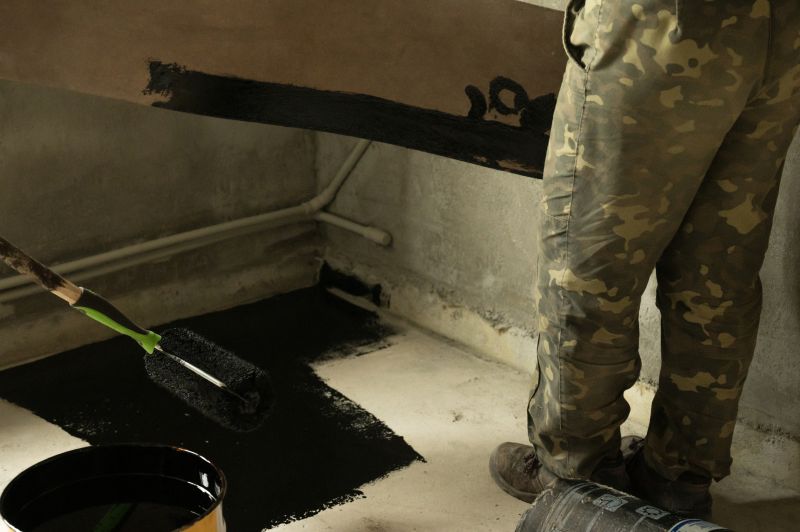
Ways to make Waterproofings work in tight or awkward layouts.

Popular materials for Waterproofings and why they hold up over time.
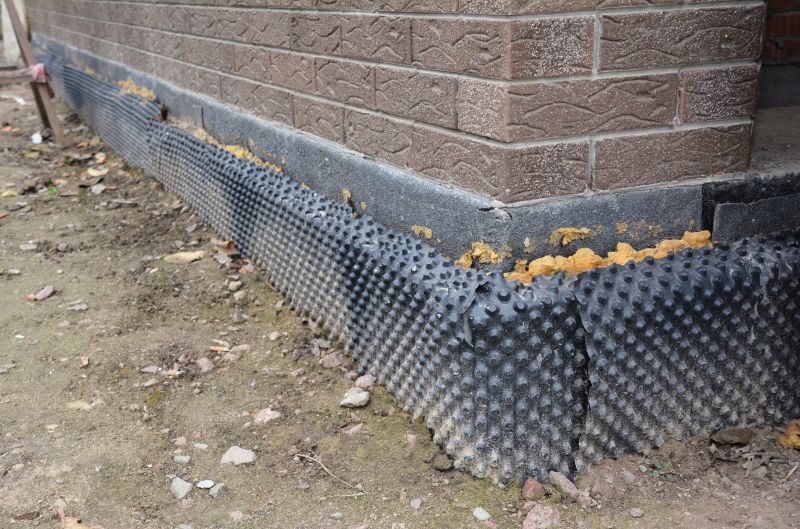
Simple add-ons that improve Waterproofings without blowing the budget.
Waterproofings involve applying specialized materials to prevent water penetration in foundations, roofs, walls, and other structures. They are essential for maintaining building integrity and preventing costly damages. Different waterproofing methods include membrane systems, liquid coatings, and sealants, each suited to specific applications and environmental conditions.

Durable membranes create a barrier against water intrusion.
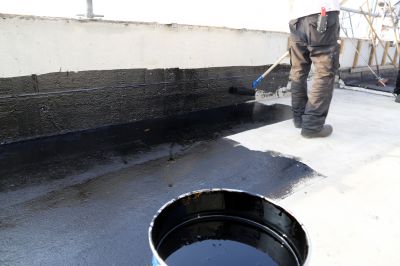
Flexible coatings adapt to surface movements and provide seamless protection.
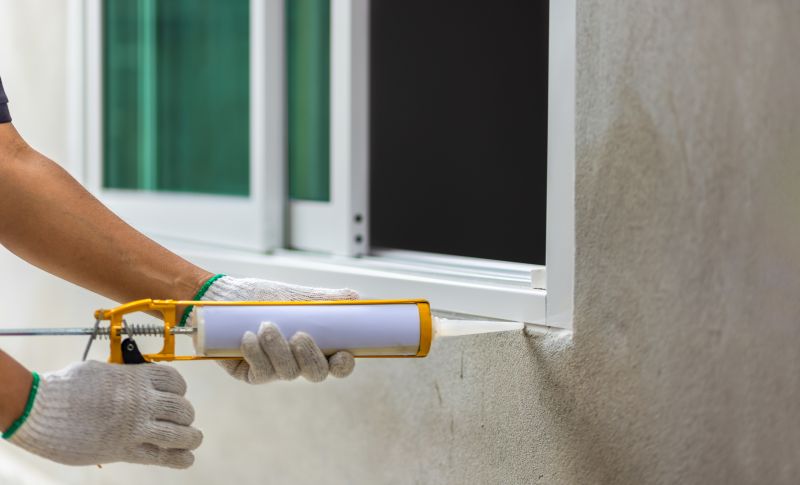
Sealants fill gaps and joints to prevent leaks.

Protects basement and foundation structures from water damage.
| Season | Optimal Conditions |
|---|---|
| Spring | Moderate temperatures, dry weather, ideal for preparation. |
| Summer | Warm and dry, suitable for application and curing. |
| Fall | Cooler temperatures, dry conditions, good for winter prep. |
| Winter | Generally not recommended due to low temperatures and moisture risks. |
Choosing the appropriate time for waterproofing depends on climate conditions and project requirements. Proper timing ensures the longevity and effectiveness of waterproofing systems. Consulting with specialists can help determine the best schedule for specific structures and environments.
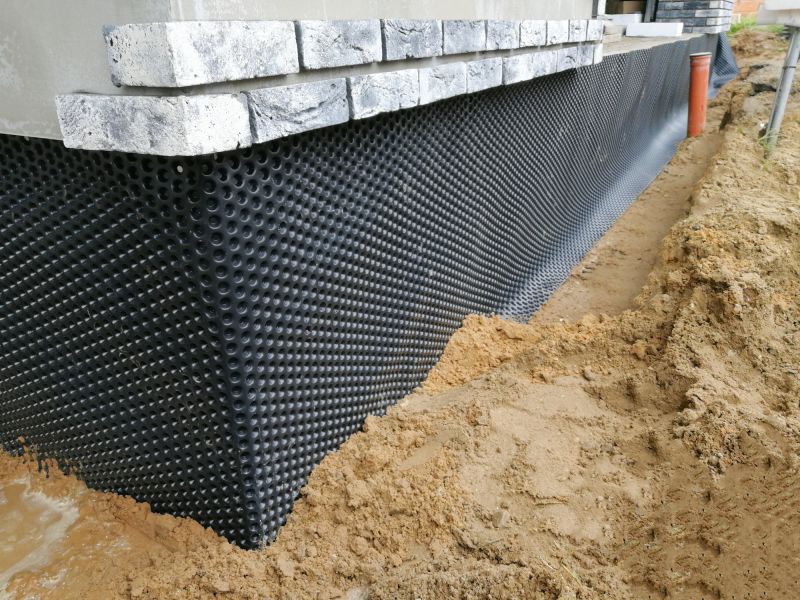
Application process during optimal weather conditions.
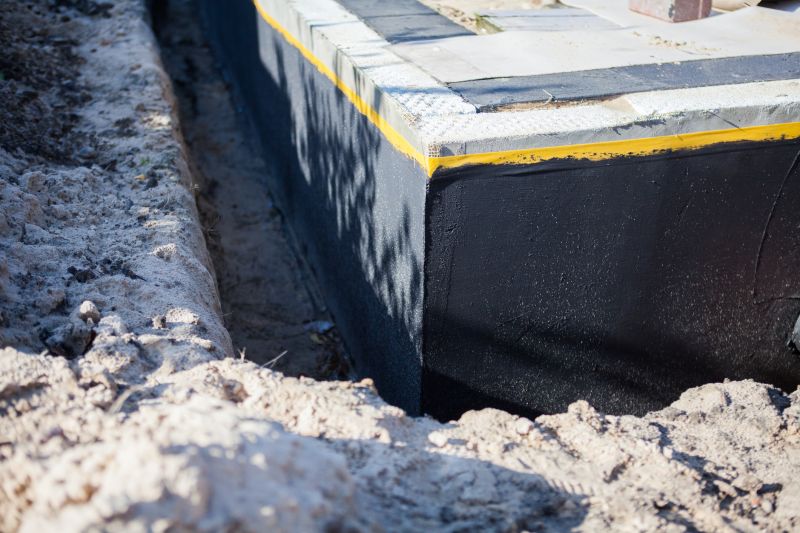
Examples of effective waterproofing installations.

Various products suited for different applications.
Interested in waterproofing services? Filling out the contact form can provide additional information and assistance in planning and scheduling waterproofing projects tailored to specific needs.

